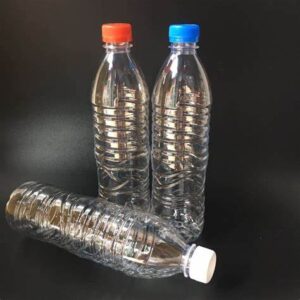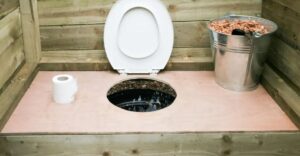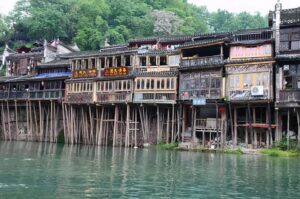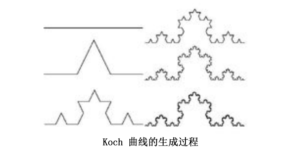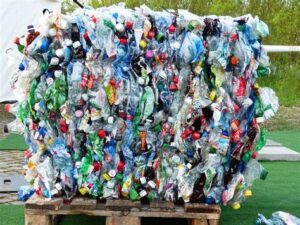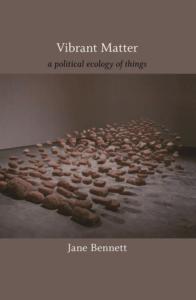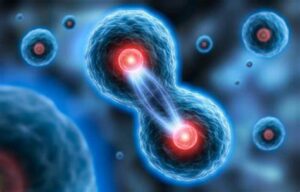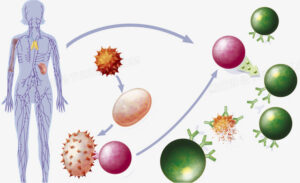Environmental design-week11 Review Course Zhu ShenXu

For me, the greatest value of this course is that it has made me realize my shallowness and the complexity of environmental issues. The environment has always been a huge issue. I will analyze my latest perspectives on society, environment, and environmental design in this blog to summarize this course.

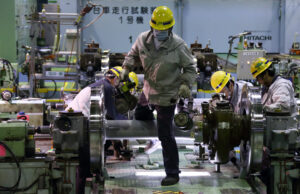

The current human society is filled with dissatisfaction with existing environmental issues and anxiety about potential environmental risks in the future. I believe these are the main driving forces for the development of the field of environmental design, as well as the driving forces for the development of human society. The driving force for the development of human society has shifted from “I am hungry” to “I am afraid”. At the same time, environmental design has also become a necessary discipline.
Most of the existing environmental risks are not due to a lack of control over nature, but rather the expectation of more intense control over nature in the future. In these years of development, humans have conquered natural space and land through technological and cultural means, and conquered traditional social markets through capital and labor. The arrogance in human nature and the binary opposition between nature and nature have made the natural environment worse.
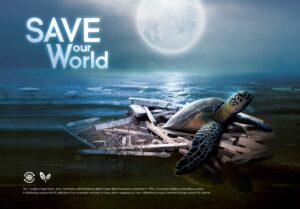
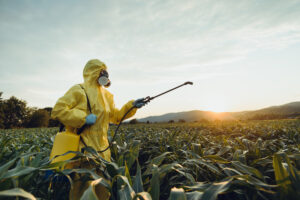

Looking at the field of environmental design now, what is the value of environmental design to all parties? Perhaps most people’s viewpoint is to protect nature, but I don’t think so. I believe that the greatest significance of nature, environment, and society lies in development. The greatest value of environmental design is to continue this development. However, when we observe the current society, we will find that many things are not optimistic.
In the process of human development from modern society to postmodern society, it has triggered self reflection. In addition to the well-known natural destruction and environmental pollution, for example, developed regions will import a large amount of agricultural products from underdeveloped areas due to cost issues. Food pressure and market demand will trigger the use of large amounts of pesticides and genetic technology in underdeveloped regions, ultimately leading to a global food security crisis.
Most of the natural damage caused by humans originates from social and production structures. What can I do as an interior designer? I may be able to rebuild the connection between humans and nature through space. I may be able to connect interior design with other industries to reduce waste. Maybe I shouldn’t use design to make garbage.
Although human development requires criticism and reflection, overall, I still hold a positive attitude towards the future of humanity because I believe in the efforts of everyone involved. I think this is also the reason why we gather here for class. This course took me into this field, but the next path will depend on me.
Reference:
1. Risk Society, Ulrich Beck
2. Illusion, Daniel Bursting
* The cover was taken by me, and all the images in the article came from search engines


